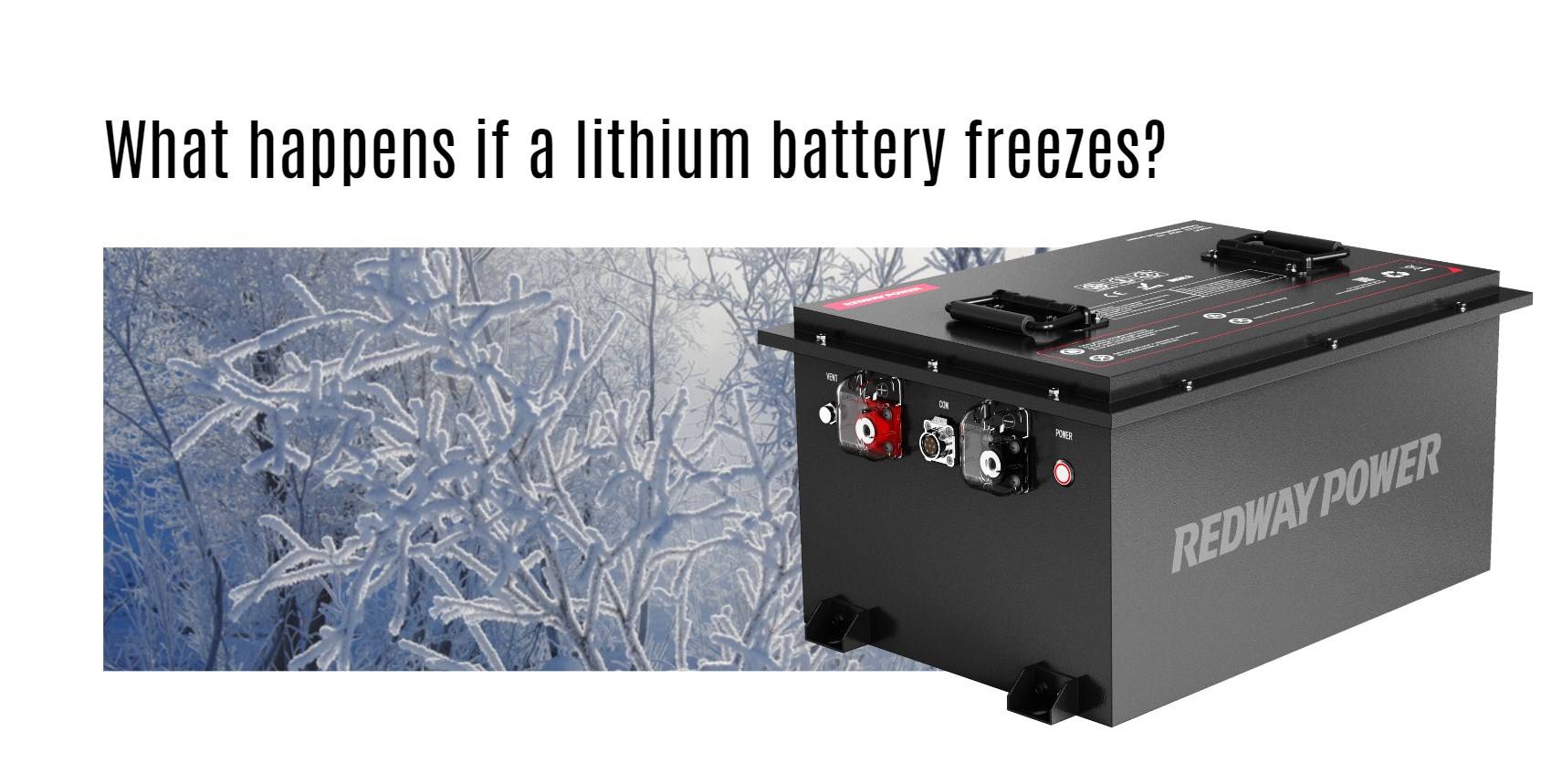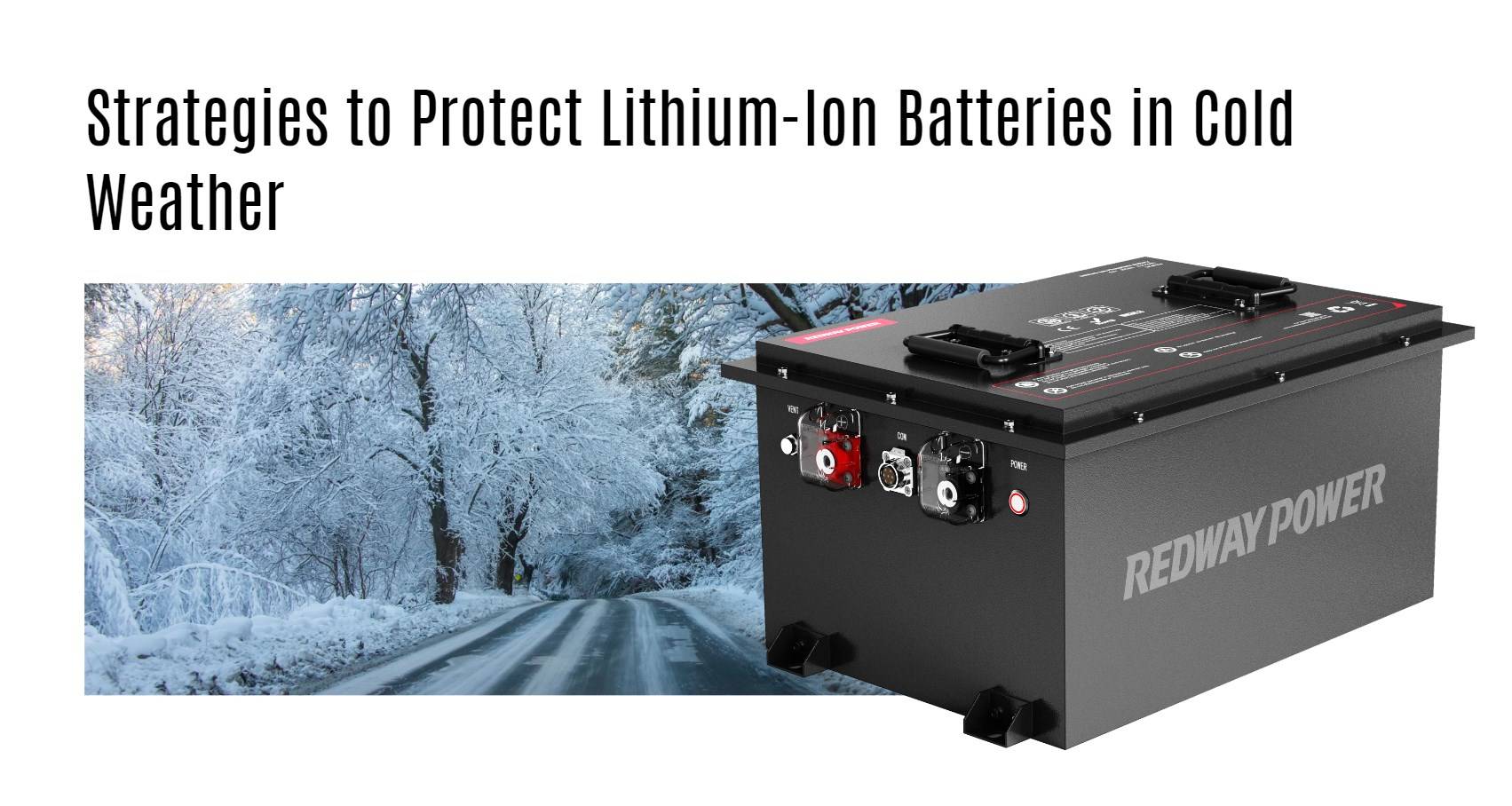Lithium-ion batteries, known for their high energy density and efficiency, are widely used in various applications, from portable electronics to electric vehicles. However, cold weather significantly impacts their performance and longevity. In this article, we explore the mechanisms by which low temperatures affect lithium-ion batteries and provide practical strategies to mitigate these effects.
The Impact of Cold Weather on Lithium-Ion Batteries
Chemical Reaction Slowdown
The efficiency of lithium-ion batteries relies on the movement of lithium ions between the anode and cathode. As temperatures drop, the electrochemical reactions required for this ion movement slow down, reducing the battery’s capacity and discharge rate. This is because the kinetic energy of the ions decreases, hindering their mobility.
Lithium Plating and Short Circuits
At low temperatures, lithium ions can accumulate on the anode’s surface instead of intercalating into the graphite. This phenomenon, known as lithium plating, increases the battery’s internal resistance and can lead to short circuits if the plated lithium penetrates the separator between the anode and cathode. Such short circuits can cause permanent damage or even catastrophic failure.
Decreased Electrolyte Conductivity
The electrolyte in lithium-ion batteries, responsible for ion transport, also suffers from reduced conductivity at lower temperatures. This further impedes the ion movement between the electrodes, exacerbating the decline in battery performance.
Mechanical Stability Degradation
Repeated exposure to cold conditions can compromise the mechanical stability of battery components. The anode, cathode, and separator materials can undergo stress and degradation, leading to reduced cycle life and increased failure risk.
Strategies to Protect Lithium-Ion Batteries in Cold Weather
1. Use of Battery Blankets
Battery blankets are insulated covers that help maintain the battery’s temperature by trapping the heat generated during operation. They are particularly useful for preventing rapid temperature drops, thereby protecting the battery from the adverse effects of cold weather.
2. Insulated Storage Solutions
Storing lithium-ion batteries in insulated containers or storage units can significantly reduce exposure to cold air. These solutions retain the heat generated by the battery, maintaining a more stable internal temperature and protecting the battery components.
3. Pre-Charging with Solar Panels
Before heading into cold environments, it’s beneficial to charge batteries using solar panels. Solar energy can provide a consistent power supply, ensuring the battery is fully charged and at an optimal temperature before use.
4. Heated Storage Environments
Whenever possible, store lithium-ion batteries in warm environments, such as heated garages. This practice helps maintain the battery’s temperature and reduces the rate of temperature-induced degradation.
5. Battery Heaters
Specialized battery heaters are designed to keep lithium-ion batteries warm in extremely cold conditions. These heaters can be adjusted to maintain the optimal temperature, ensuring the battery remains functional and efficient.
Charging Lithium-Ion Batteries in Cold Weather
Charging lithium-ion batteries in cold conditions requires specific protocols to avoid damage:
- Reduced Charging Current: Lower the charging current to minimize the risk of lithium plating. Charging at a slower rate allows for more controlled ion movement, reducing the likelihood of plating and short circuits.
- Temperature Monitoring: Use chargers capable of monitoring and adjusting the charging process based on the battery’s temperature. This ensures that the battery is charged within safe temperature limits.
- Pre-Warming: If possible, pre-warm the battery to a temperature above freezing before initiating the charging process. This can be achieved using battery heaters or by bringing the battery into a warmer environment temporarily.
Winter Storage Tips for Lithium-Ion Batteries
Proper storage of lithium-ion batteries during winter can extend their lifespan and ensure reliable performance:
- Regular Cleaning: Clean the battery terminals with a solution of baking soda and water to prevent dirt and corrosion, which can accelerate discharge rates.
- Avoid Extreme Temperatures: Store batteries in environments where temperatures are kept between 32°F and 80°F to prevent capacity loss and structural damage.
- Maintain Charge Levels: Regularly charge the batteries to avoid deep discharge states. Lithium-ion batteries hold charge well but should not be left completely discharged for extended periods.
- Invest in High-Quality Batteries: High-end lithium-ion batteries from reputable manufacturers often have better cold weather performance and durability compared to cheaper alternatives.
Conclusion
Understanding the effects of cold weather on lithium-ion batteries and implementing effective strategies for protection and maintenance can significantly enhance their performance and longevity. By using battery blankets, insulated storage, and appropriate charging protocols, we can ensure that our lithium-ion batteries remain reliable even in harsh winter conditions.




